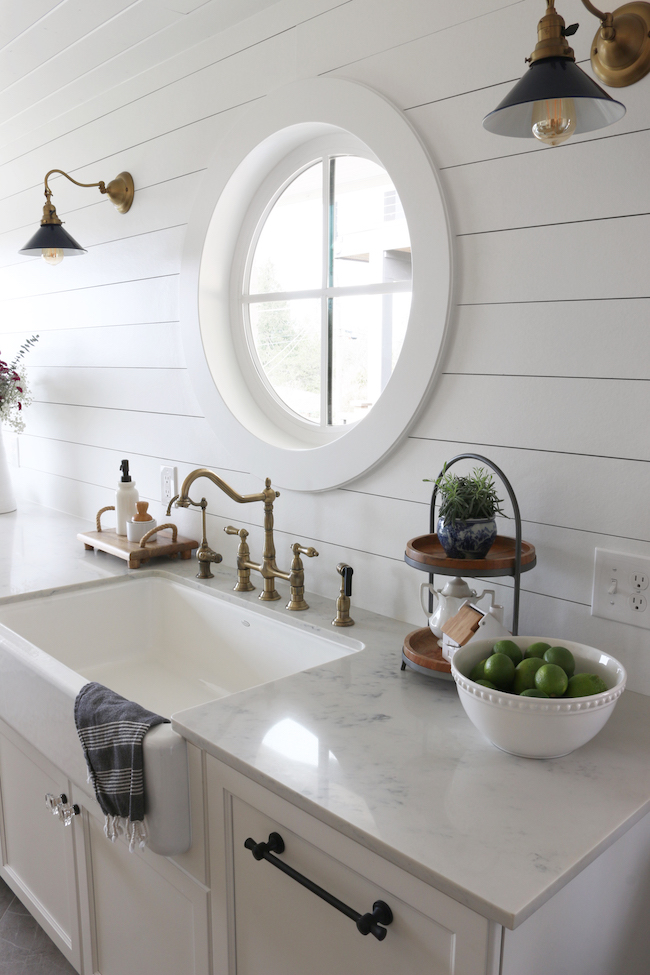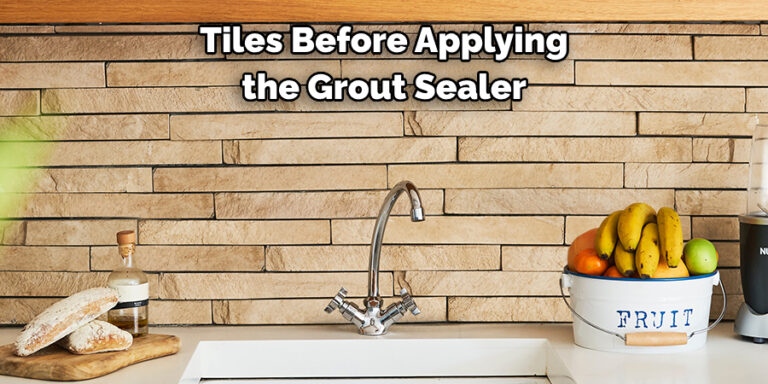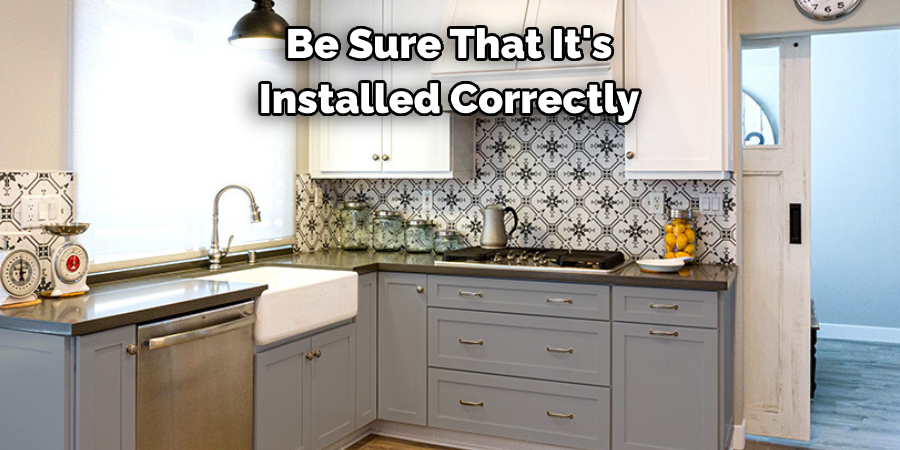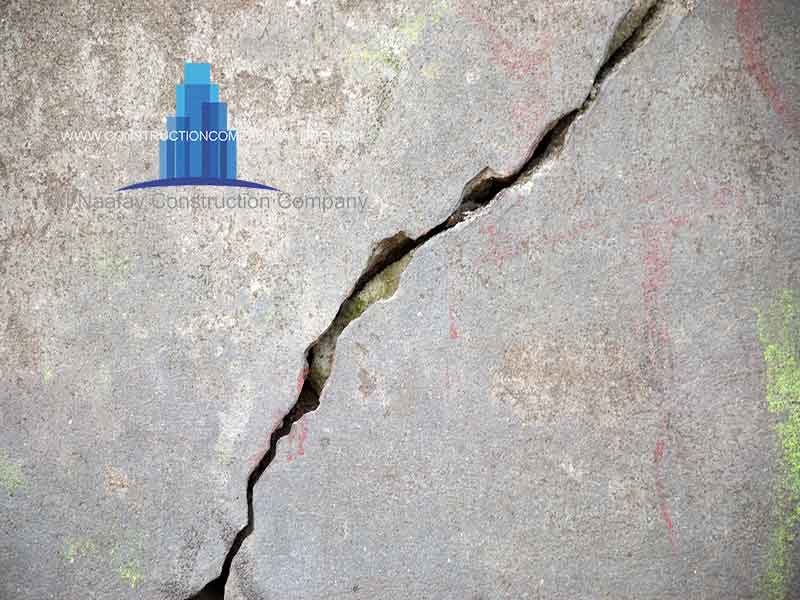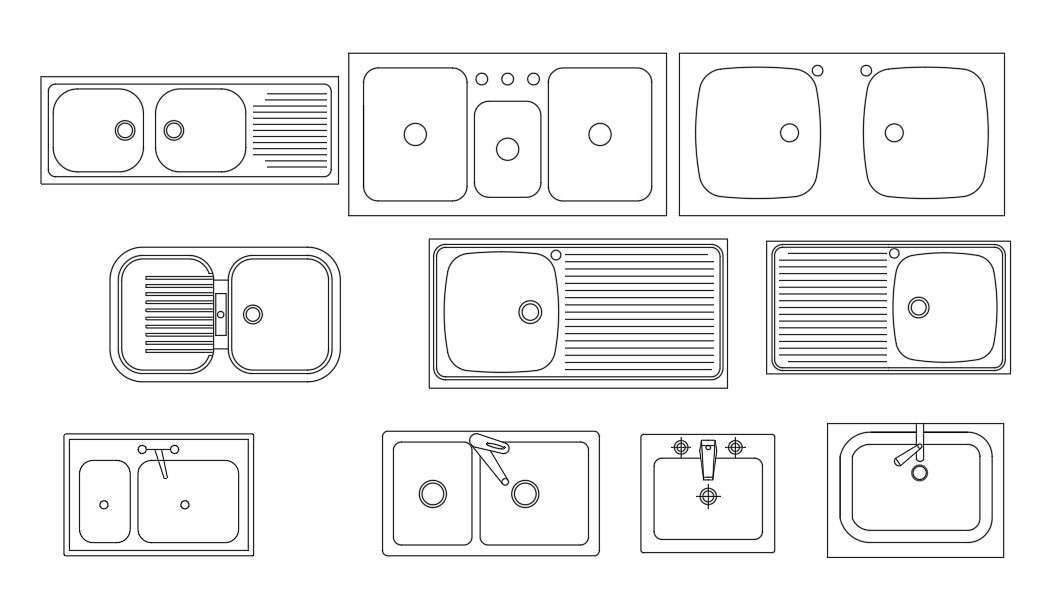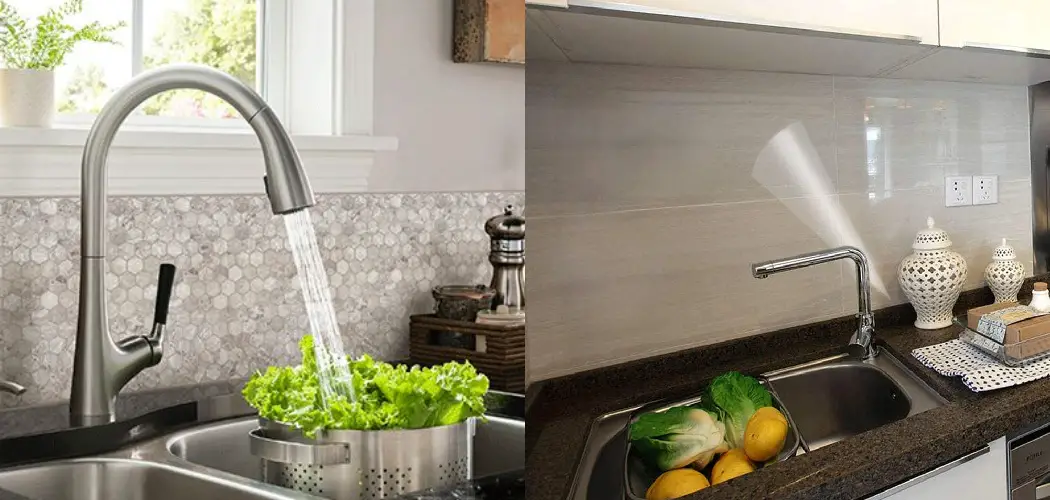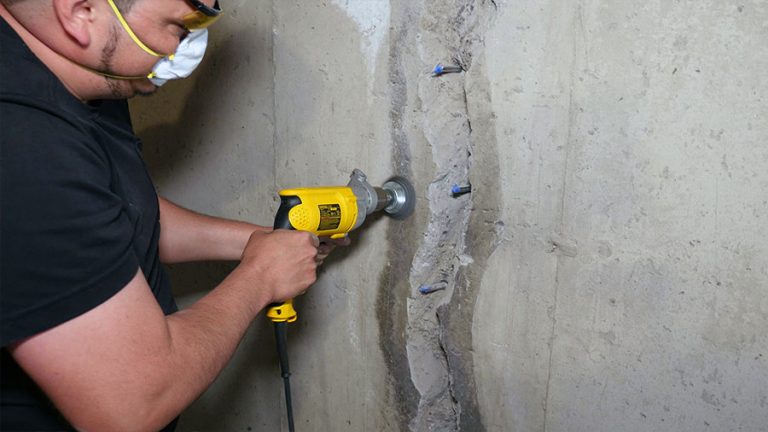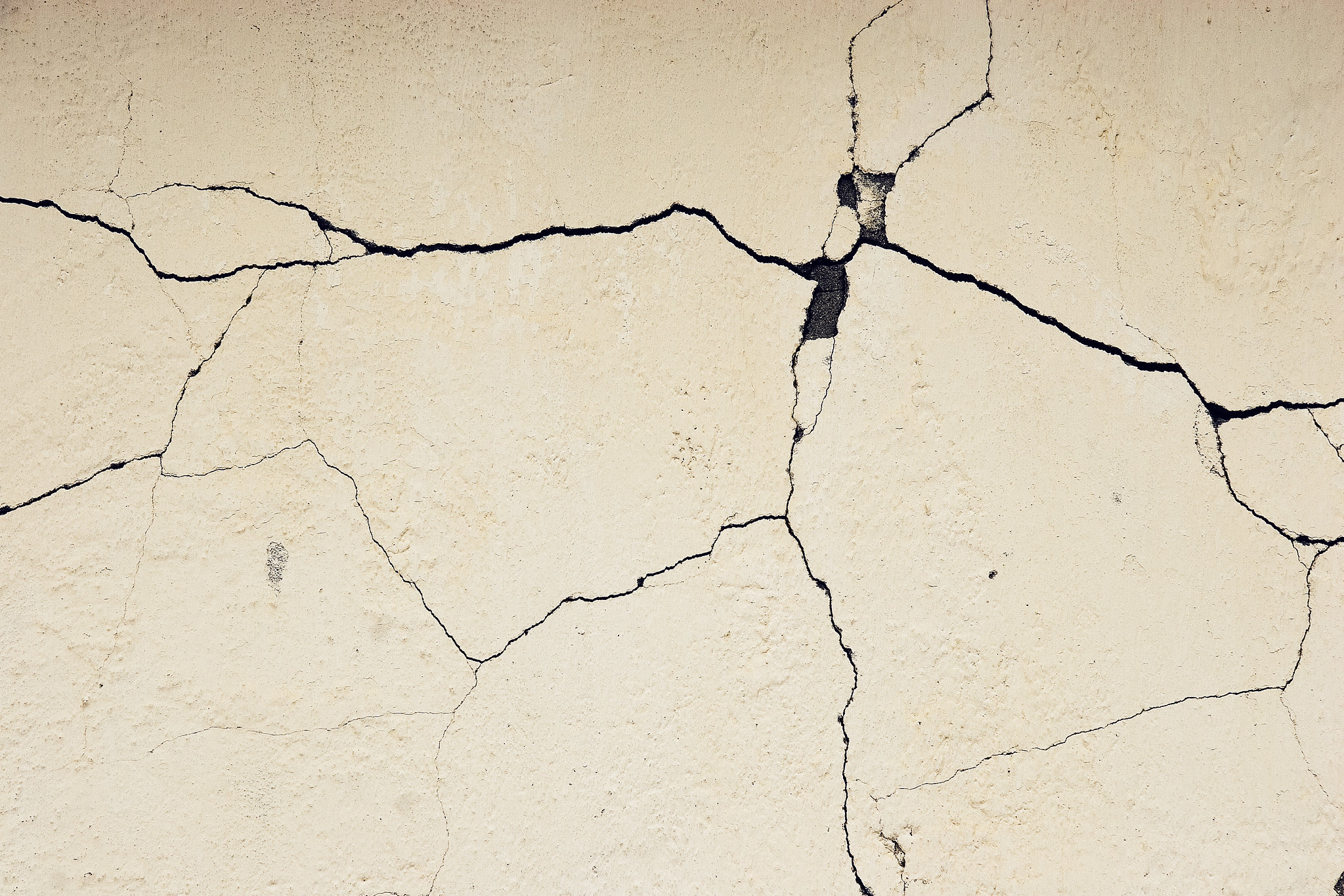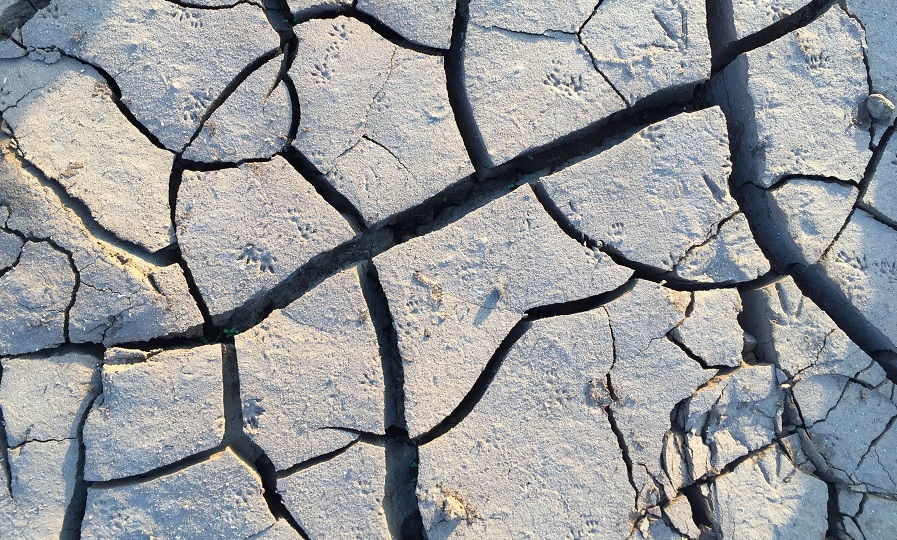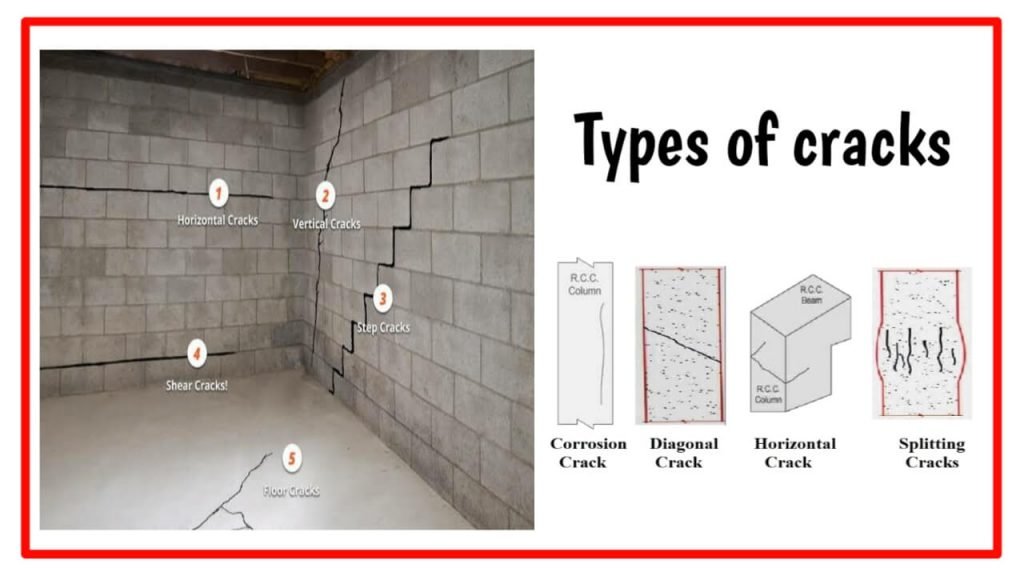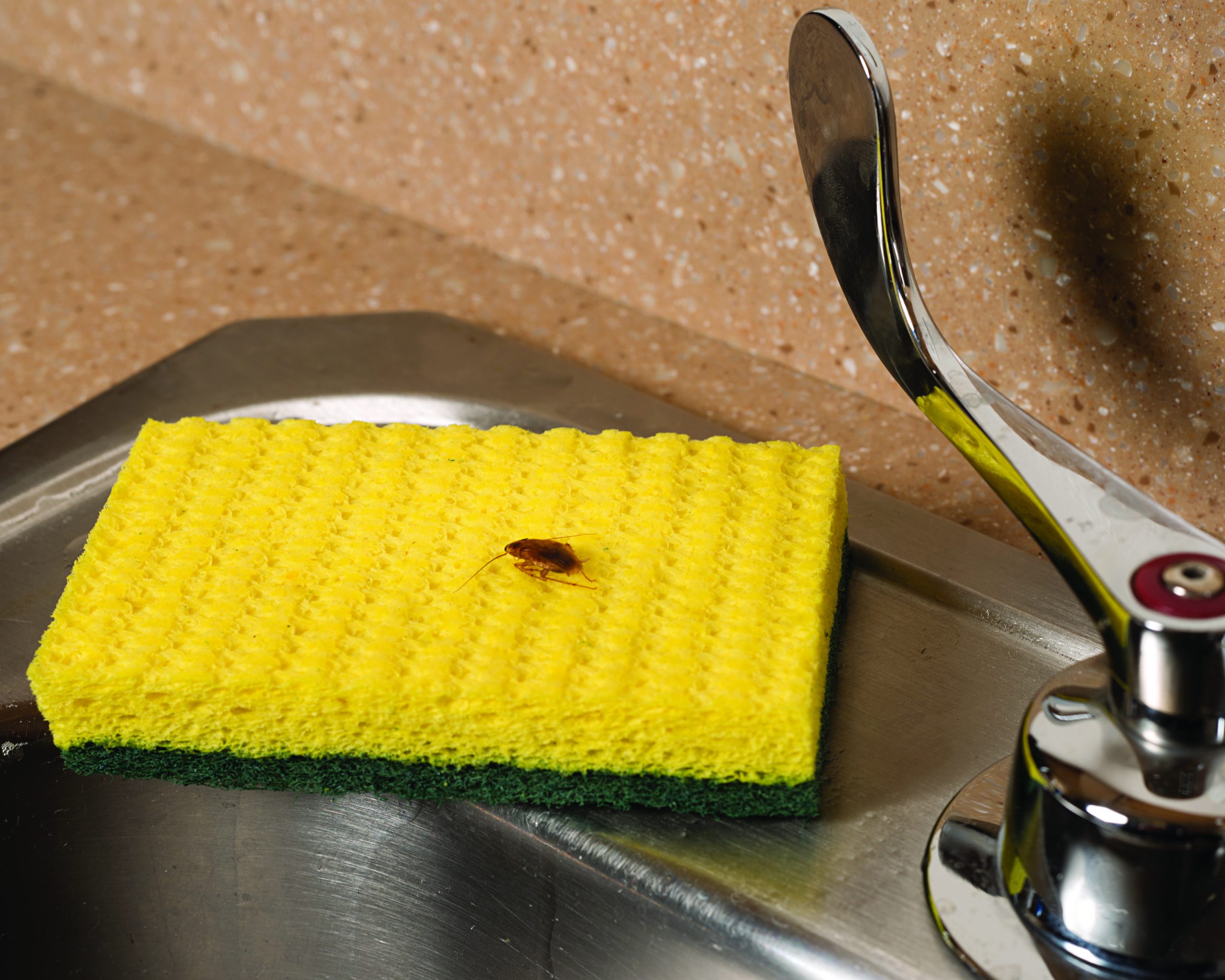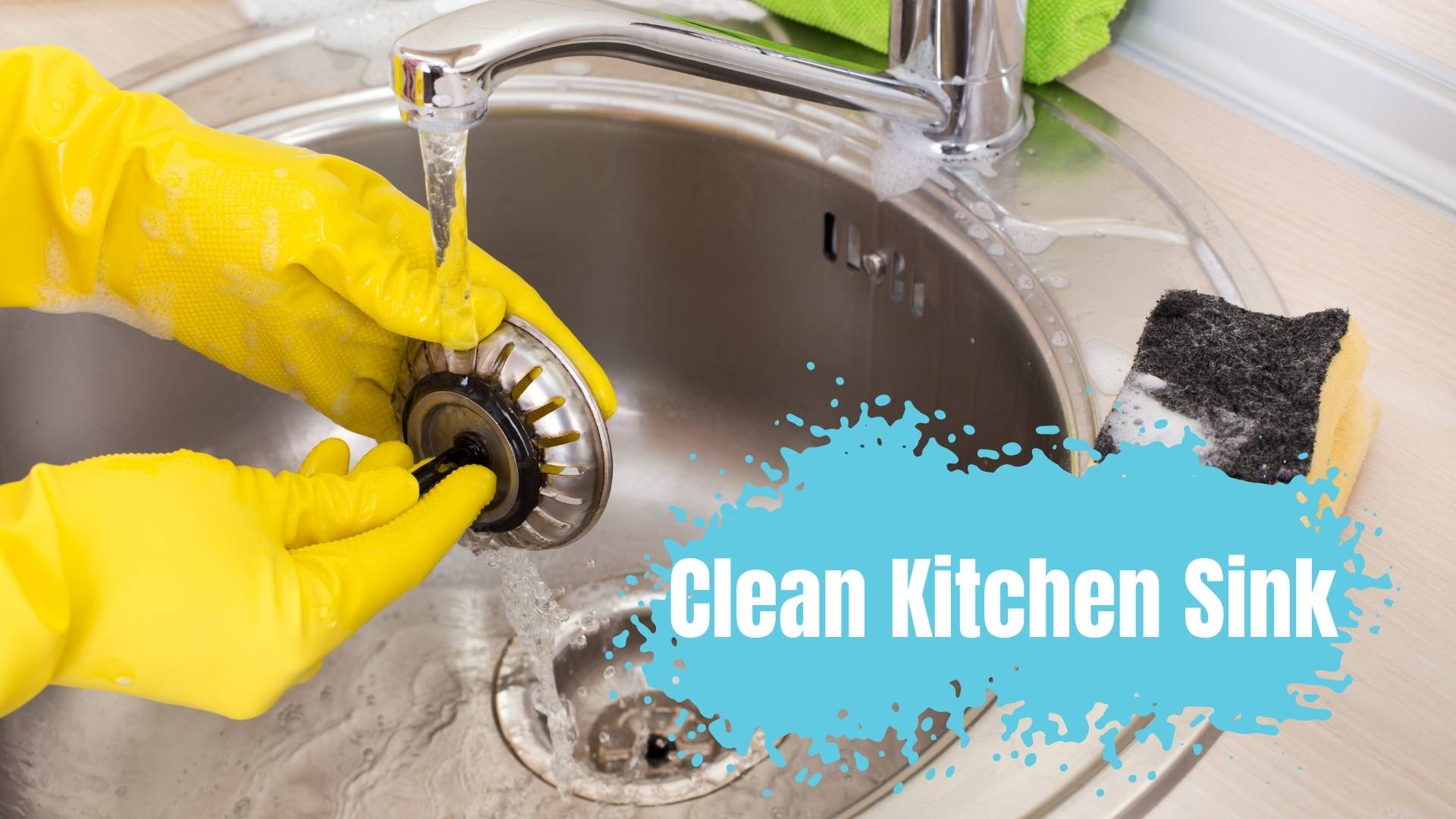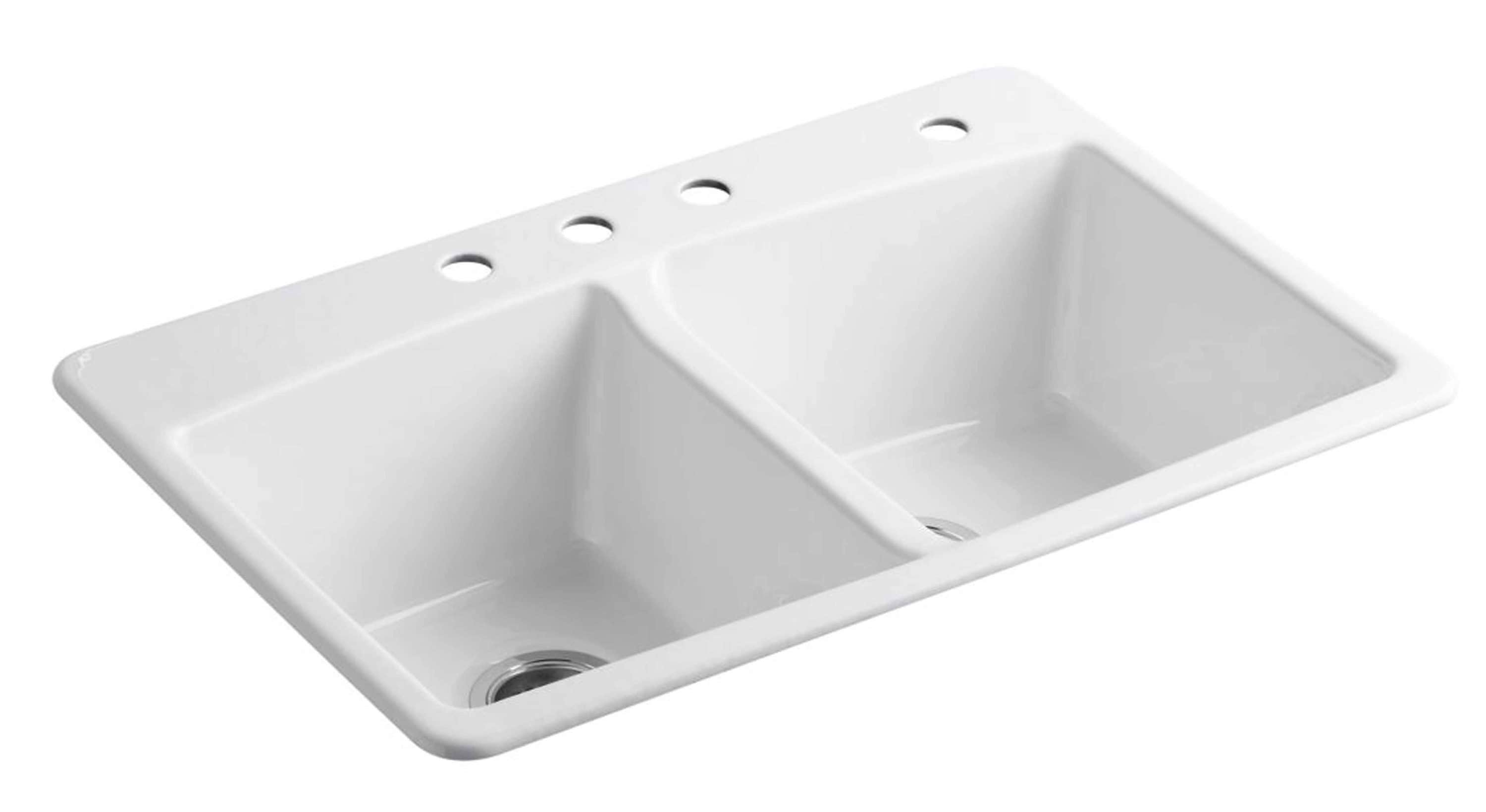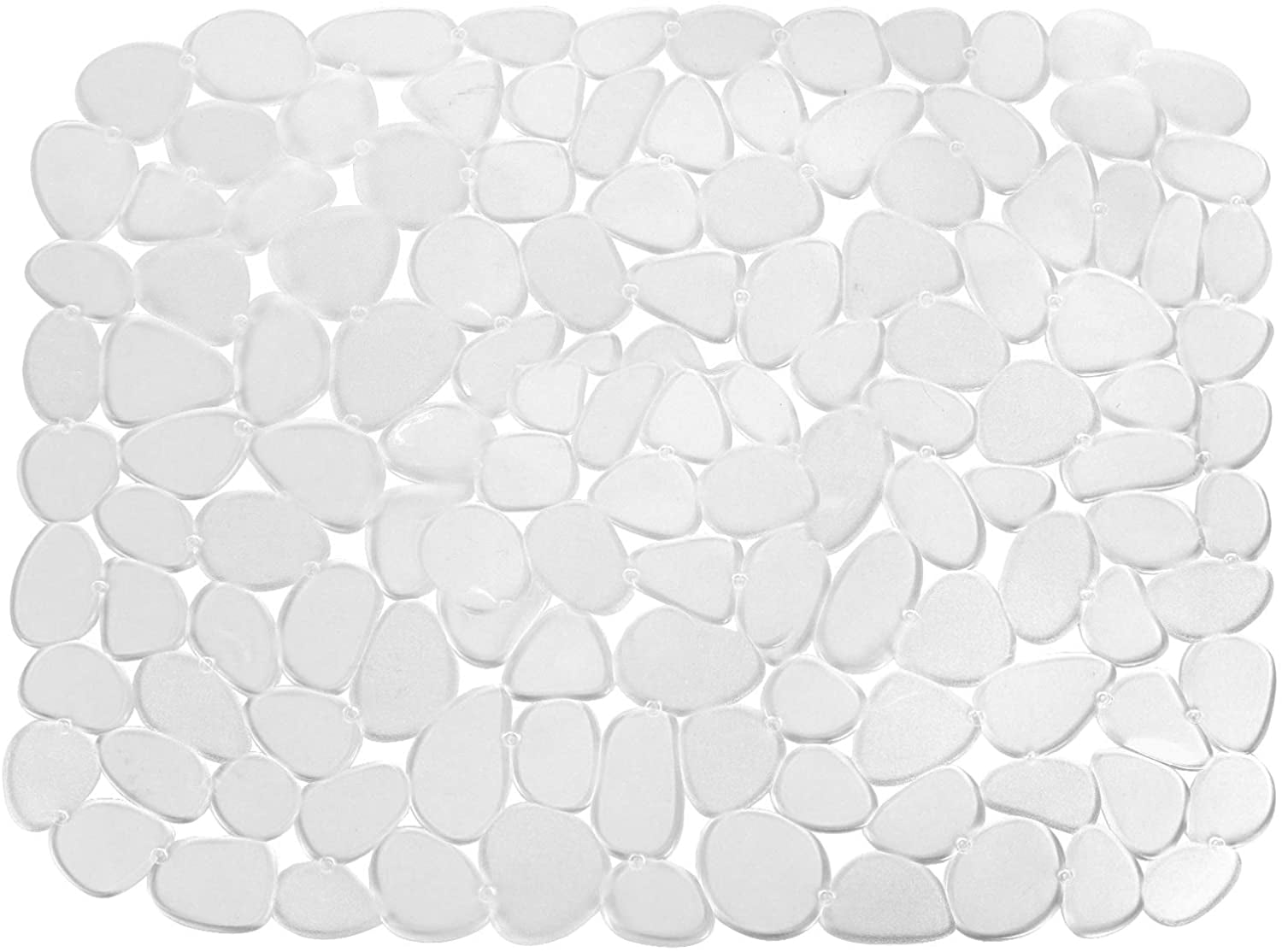If you've noticed a crack in the wall behind your kitchen sink, don't panic. This is a common problem that can be easily fixed with the right approach. The first step is to determine the cause of the crack. If it's a simple cosmetic issue, you may be able to repair it yourself. However, if the crack is more serious, it's best to call in a professional to assess the situation.1. How to Repair a Crack in the Wall Behind a Kitchen Sink
Before you can fix the crack, you need to understand what caused it in the first place. One of the most common causes of cracks in walls behind kitchen sinks is water damage. If your sink is leaking or there is excess moisture in the area, it can weaken the structure of the wall and lead to cracks. Another common cause is settling. Over time, the ground can shift and cause the foundation of your home to settle, which can put pressure on the walls and create cracks. In some cases, the crack may also be a sign of a structural issue, such as a foundation problem or a load-bearing wall.2. Common Causes of Cracks in Walls Behind Kitchen Sinks
If the crack is small and cosmetic, you may be able to fix it yourself. First, clean the area around the crack with a damp cloth and allow it to dry completely. Then, use a putty knife to apply a thin layer of spackling compound to the crack. Smooth it out and let it dry according to the manufacturer's instructions. Once it's dry, sand it down and paint over it to match the rest of the wall.3. DIY Fixes for a Crack in the Wall Behind Your Kitchen Sink
If the crack is larger or more serious, it's best to call in a professional. They will be able to assess the situation and determine the best course of action. In some cases, they may need to repair the underlying issue, such as fixing a leaking sink or reinforcing the foundation. They may also use more advanced techniques, such as injecting epoxy or using carbon fiber strips to reinforce the wall.4. Professional Solutions for a Crack in the Wall Behind Your Kitchen Sink
To prevent cracks from forming in the future, it's important to address any underlying issues. Make sure your sink is properly installed and doesn't have any leaks. Keep an eye out for signs of water damage, such as discoloration or mold, and address them promptly. If you notice any settling or structural issues, consult with a professional to address them before they become bigger problems.5. Preventing Cracks in the Wall Behind Your Kitchen Sink
Not all cracks are created equal. Some may be minor cosmetic issues, while others may be signs of a more serious problem. If the crack is wider than a quarter inch, continues to grow, or is accompanied by other warning signs such as bulging or sagging, it's important to seek professional help right away. These are signs of a larger structural issue that needs to be addressed immediately.6. Signs of a Serious Crack in the Wall Behind Your Kitchen Sink
If you're not sure if the crack in your wall is structural or not, there are a few key factors to consider. First, take a close look at the crack. Is it vertical or horizontal? Vertical cracks are more likely to be cosmetic, while horizontal cracks can indicate a more serious problem. Also, pay attention to whether the walls or floors are sagging or if there are any other signs of structural damage.7. How to Determine if a Crack in the Wall Behind Your Kitchen Sink is Structural
When patching a crack in the wall behind your kitchen sink, it's important to follow a few key steps to ensure a successful repair. First, clean the area thoroughly and make sure it's completely dry before applying any patching compound. Use a putty knife to smooth the compound and allow it to dry completely. Once it's dry, sand it down and paint over it to blend it in with the rest of the wall.8. Tips for Patching a Crack in the Wall Behind Your Kitchen Sink
Not all cracks are the same, and it's important to understand the different types of cracks that can occur behind kitchen sinks. Vertical cracks are usually caused by settling or minor shifts in the foundation and are usually not a cause for concern. Horizontal cracks, on the other hand, may be a sign of a more serious structural issue. Diagonal cracks can be caused by a combination of factors, including settling and water damage.9. Understanding the Different Types of Wall Cracks Behind Kitchen Sinks
In general, it's best to call a professional if you're unsure about the severity of the crack or if you notice any warning signs of a larger issue. They will be able to assess the situation and provide the necessary repairs to ensure the crack doesn't become a bigger problem in the future. It's always better to be safe than sorry when it comes to your home's structural integrity.10. When to Call a Professional for a Crack in the Wall Behind Your Kitchen Sink
How to Fix a Crack in the Wall Behind Your Kitchen Sink
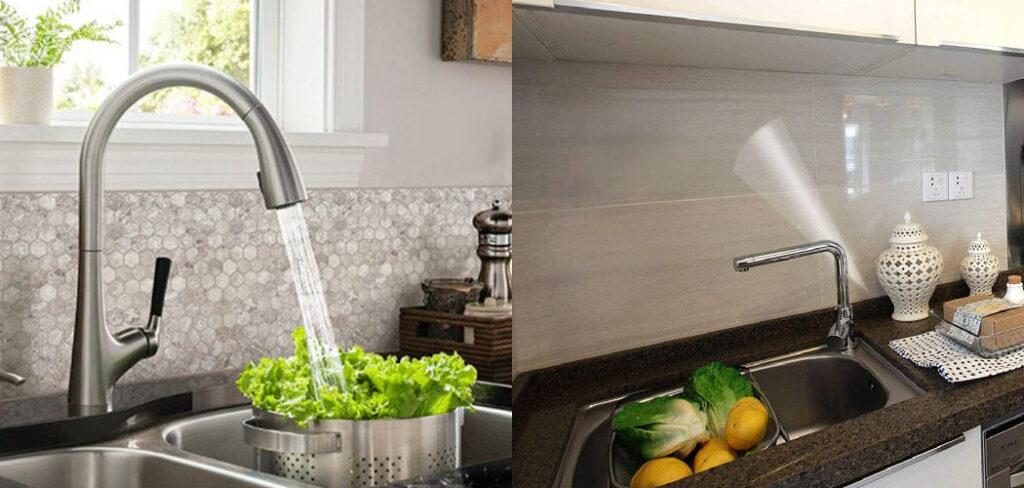
Understanding the Cause of a Crack in Your Kitchen Wall
 When it comes to cracks in your kitchen walls, it can be easy to dismiss them as just a cosmetic issue. However, it's important to address them as soon as possible as they can indicate a larger problem with your house's foundation or structure. A crack in the wall behind your kitchen sink can be particularly concerning, as water damage can lead to mold and other issues.
It's important to address this issue promptly to prevent further damage and maintain the value and safety of your home.
When it comes to cracks in your kitchen walls, it can be easy to dismiss them as just a cosmetic issue. However, it's important to address them as soon as possible as they can indicate a larger problem with your house's foundation or structure. A crack in the wall behind your kitchen sink can be particularly concerning, as water damage can lead to mold and other issues.
It's important to address this issue promptly to prevent further damage and maintain the value and safety of your home.
Identifying the Type of Crack
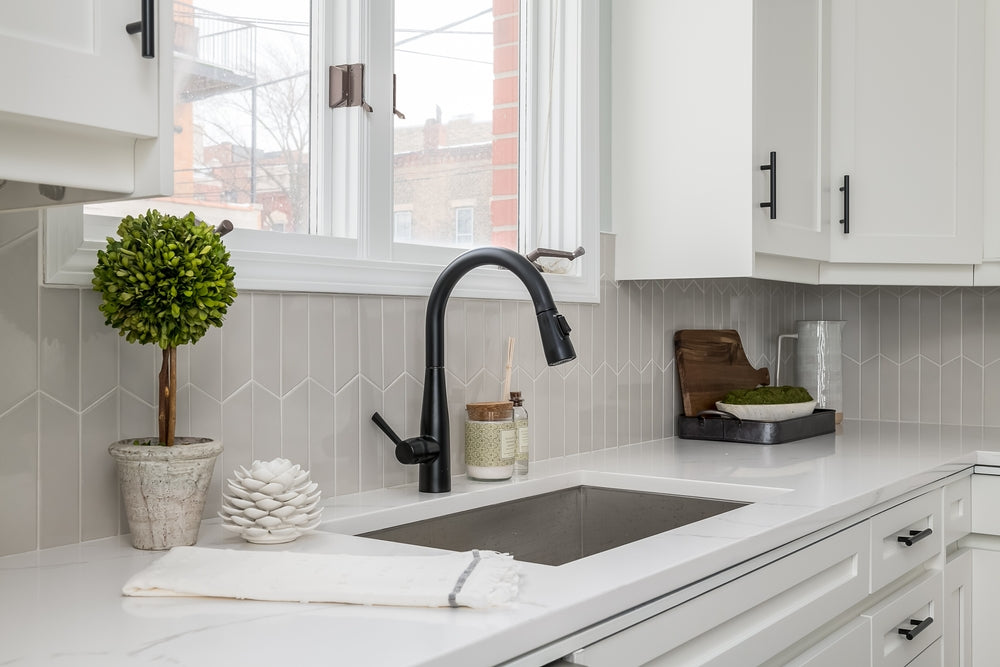 Not all cracks are the same and it's important to identify the type of crack before attempting to fix it. Hairline cracks, which are less than 1/16 of an inch wide, are usually caused by normal settling of the house and can be easily fixed with some spackling. However, if the crack is wider or deeper, it could be a sign of a more serious issue.
If the crack is accompanied by bulging walls, doors that won't close properly, or other structural issues, it's best to consult a professional before attempting any repairs.
Not all cracks are the same and it's important to identify the type of crack before attempting to fix it. Hairline cracks, which are less than 1/16 of an inch wide, are usually caused by normal settling of the house and can be easily fixed with some spackling. However, if the crack is wider or deeper, it could be a sign of a more serious issue.
If the crack is accompanied by bulging walls, doors that won't close properly, or other structural issues, it's best to consult a professional before attempting any repairs.
Repairing the Crack
 If the crack is minor and doesn't indicate a more serious problem, you can attempt to fix it yourself. First, clean the area around the crack with a damp cloth and let it dry completely. Then, use a putty knife to apply spackling compound into the crack, making sure to fill it completely. Smooth out the surface and let it dry according to the instructions on the product. Once it's dry, sand the area until it's smooth and paint over it to match the rest of the wall.
Be sure to use a waterproof paint to prevent future water damage.
If the crack is minor and doesn't indicate a more serious problem, you can attempt to fix it yourself. First, clean the area around the crack with a damp cloth and let it dry completely. Then, use a putty knife to apply spackling compound into the crack, making sure to fill it completely. Smooth out the surface and let it dry according to the instructions on the product. Once it's dry, sand the area until it's smooth and paint over it to match the rest of the wall.
Be sure to use a waterproof paint to prevent future water damage.
Preventing Future Cracks
Conclusion
 Cracks in the wall behind your kitchen sink may seem like a minor issue, but they can indicate a larger problem with your house's foundation or structure. It's important to identify the type of crack and address it promptly to prevent further damage. With the right tools and knowledge, you can easily fix minor cracks yourself.
Remember to regularly inspect your house and address any underlying issues to prevent future cracks from forming.
By taking these steps, you can maintain the value and safety of your home.
Cracks in the wall behind your kitchen sink may seem like a minor issue, but they can indicate a larger problem with your house's foundation or structure. It's important to identify the type of crack and address it promptly to prevent further damage. With the right tools and knowledge, you can easily fix minor cracks yourself.
Remember to regularly inspect your house and address any underlying issues to prevent future cracks from forming.
By taking these steps, you can maintain the value and safety of your home.

